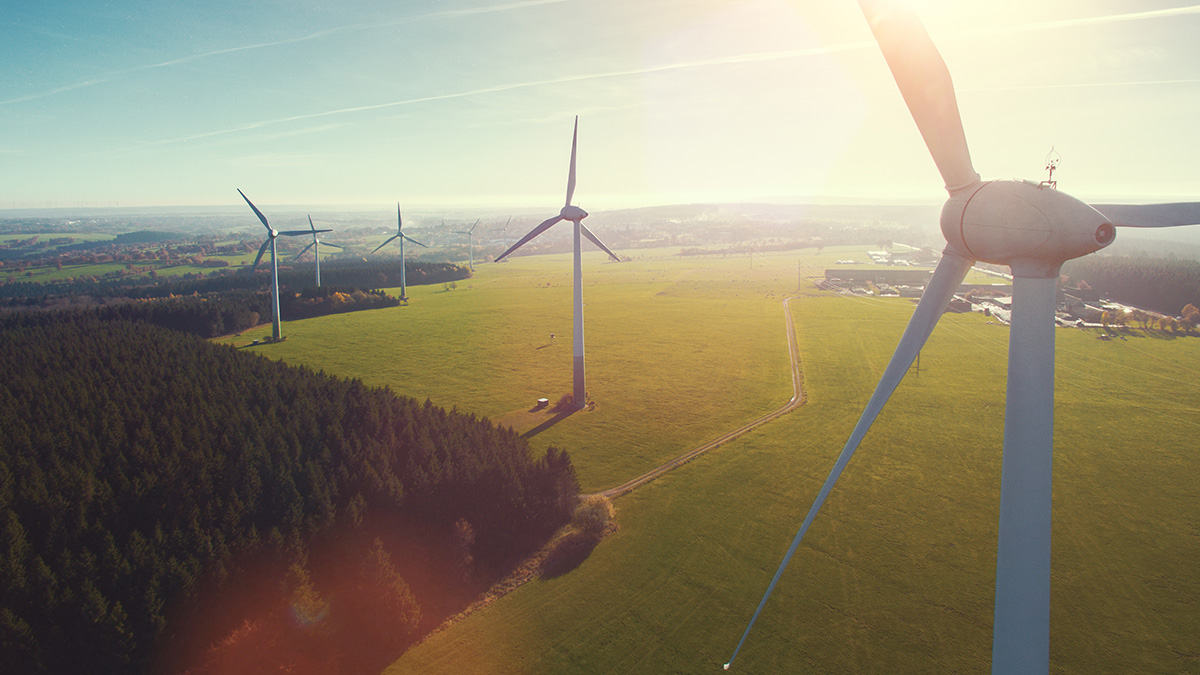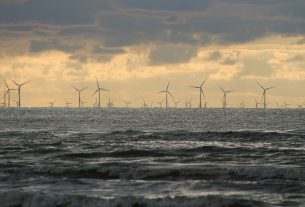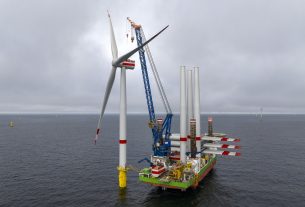Germany – The results of Germany’s latest onshore wind auction were announced by the German Energy Regulator (Bundesnetzagentur).
After nearly two years of undersubscribed auctions, the auction was oversubscribed for the second time in a row. That isn’t the only positive development for onshore wind in Germany. The number of permits issued has increased. In addition, the new government wants to speed up the construction of new onshore wind farms.
The Bundesnetzagentur awarded 1,300 MW of new capacity in its most recent onshore wind auction. They received 147 bids totaling 1,350 megawatts (MW). This follows their previous auction, which was also oversubscribed in September 2021. In this auction, the average winning price was €57.6/MWh, just below the price ceiling of €58.8/MWh. The lowest bid was €47.7 per megawatt hour.
Between 2014 and 2017, Germany built a total of 5 GW of new onshore wind farms, setting a new record. Then the onshore wind market in their country collapsed. They built less than 1 GW in 2019. Several auction rounds were significantly under-subscribed. The main issue was that new wind farms were not being permitted quickly enough. They only allowed 1.6 GW per year from 2017 to 2019.
Streamline permitting
Permitting, on the other hand, is resuming in Germany. Over 4 GW of new onshore wind was granted a permit in 2021. That’s still less than they require and desire, but it’s a significant improvement over the levels of 2017-19. The effort to streamline permitting, which began under the previous administration and is now being pursued with vigour by the new administration, is beginning to bear fruit.
In addition, the government has ambitious plans to increase the number of new wind farms built each year. They plan to build 5 GW per year starting in 2023, then 10 GW per year from 2027 to 35.
New legislative
They recently announced that they will introduce two legislative packages this year to put this into effect, as well as the permitting simplification that it necessitates. They will also set aside 2% of German land for onshore wind farms, despite the fact that their current 56 GW take up only 0.5 percent of German land.
The latest onshore wind auction resulted in a concentration of projects in Germany’s north and center, with Nordrhein-Westfalen winning the most, followed by Schleswig-Holstein, Niedersachsen, and Brandenburg. Out of the 141 projects awarded, Bavaria and Baden-Wurttemberg received only two new projects each.
However, Bavaria appears to be shifting its focus to the onshore wind. Following Russia’s invasion of Ukraine, Prime Minister Markus Söder announced that the country would build more new wind farms to reduce its reliance on Russian gas.




